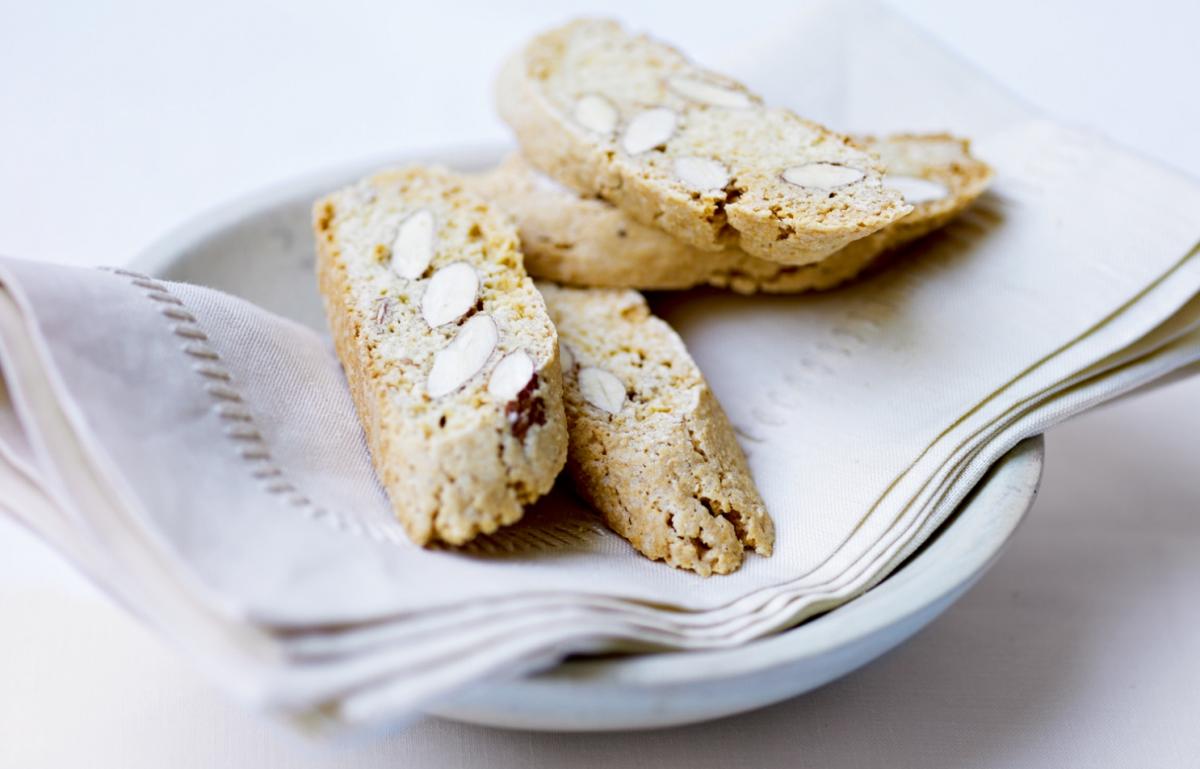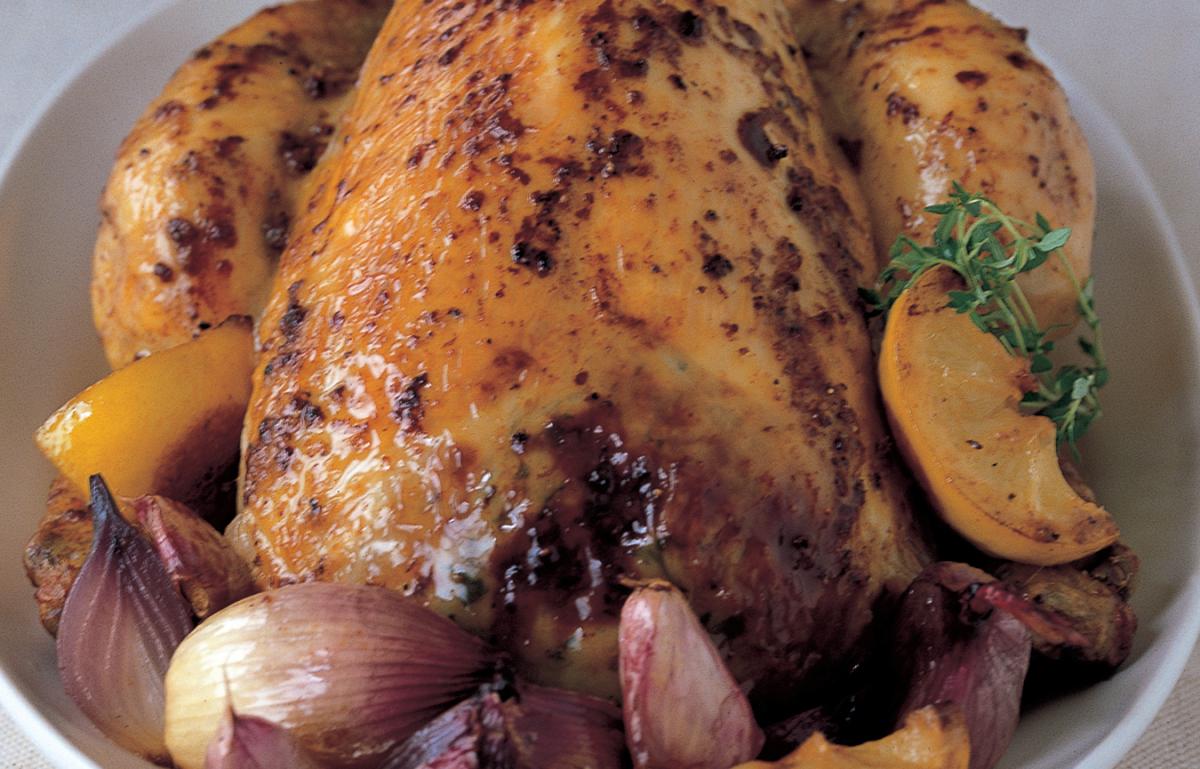

I have been making the same Christmas trifle for years on end – but recently I decided to experiment with something new, without totally sacrificing the traditional qualities we've grown to love.
This fits the bill perfectly.
Delia Online Cookery School: You can also watch how to make Traditional English Trifle in our Custard, Meringues and Pavlova video. Just click the recipe image to play.
This recipe is taken from Delia Smith’s Christmas Serves 8-10. Scroll to the bottom of the Method to see questions Lindsey has answered on this recipe
First of all, split the sponges in half lengthways, spread each half with marmalade, then re-form them into sandwiches.
Spread the top of each sandwich with marmalade, cut each one across into three, then arrange the pieces in the base of the glass bowl. Now make a few stabs in the sponges with a sharp knife and carefully pour the Madeira all over them, distributing it as evenly as you can, then leave on one side for the sponges to soak it all up. Next, grate the zest from 1 of the oranges and keep on one side. Place the remaining 2 oranges on a board and, using your sharpest knife, pare off all the skin and pith.
Then, holding each orange in one hand over a bowl to catch the juices – you will need 1 tablespoon for the caramel – cut out the segments by slicing the knife in at the line of pith that divides the segments (you need to cut each segment out with the pithy membrane left behind). Cut each segment in half and place in a small bowl together with the grated zest.
To make the caramel, dissolve the 2 tablespoons of soft dark brown sugar with the 1 tablespoon of reserved orange juice in a small pan over a gentle heat and, as soon as the crystals have dissolved, turn the heat up to caramelise the mixture: it is ready when it turns one shade darker and looks syrupy and slightly thicker than before. Remove the pan from the heat and add the Cognac – this will make it splutter a bit, but that's okay. Pour the caramel mixture over the oranges.
Next make the custard. This you do by mixing the egg yolks, sugar, cornflour and vanilla extract in a basin, then in a saucepan bring the cream up to simmering point and pour it over the egg mixture. Whisk well, return the whole lot to the saucepan and re-heat gently, still whisking, until the custard has thickened (don't worry if it looks curdled at this stage: the addition of the cornflour will ensure that it will eventually become smooth once off the heat, if you work at it with the whisk).
Let the custard cool and, meanwhile, strain the oranges, reserving the caramel juice. Arrange the oranges in amongst the sponge cakes in the trifle bowl, tipping it from side to side to make sure all the Madeira has soaked in.
Now slice the bananas thinly and scatter these into the bowl, and push them down the sides as well. Next, add the caramel juice to the custard and pour this on top of everything in the bowl. Cover with clingfilm and chill for several hours before topping the trifle with the whipped cream and scattering this with the toasted hazelnuts. Keep the trifle covered in the fridge and serve chilled.
You can also watch how to make Traditional Seville Orange Marmalade in our Online Cookery School Video on this page.
Follow us Like us on Facebook Follow us on twitter Follow us on instagram Follow us on pinterest Follow us on youtube
© 2001-2024 All Rights Reserved Delia Online